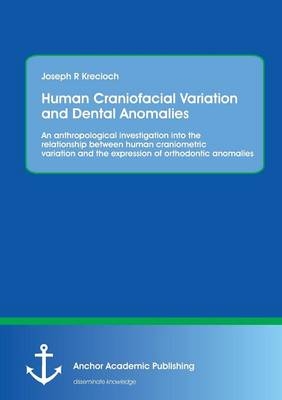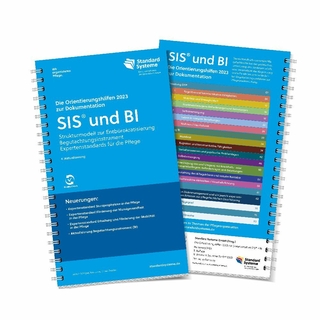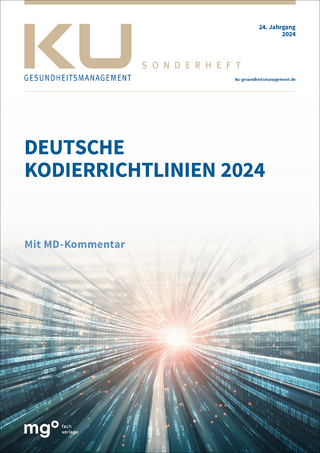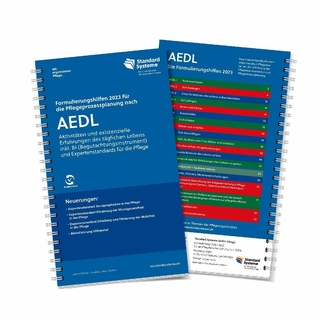
Human Craniofacial Variation and Dental Anomalies: An anthropological investigation into the relationship between human craniometric variation and the expression of orthodontic anomalies
Anchor Academic Publishing (Verlag)
978-3-95489-329-4 (ISBN)
Statistical analyses determined that the null hypothesis, that there is no relationship between craniometrics and dental anomalies, can be rejected. A number of dental anomalies were found to have a relationship with reduced sizes in cranial and masticatory elements, although dental crowding was not as significant a factor in masticatory complex reduction. A cause and effect relationship cannot be determined but the data presented here suggests that both heredity and environmental causes may be influential in the expression of dental anomalies.
Joseph R. Krecioch received a Master of Science in Human Osteology and Paleopathology from the University of Bradford (UK) in 2012 and a Master of Arts in Anthropology in 1995 from the University of Illinois at Chicago.He is currently working as an archaeologist in the southwestern United States.
Text Sample:
Chapter III., Materials and Methods:
Materials
To examine the relationship between dental anomalies and craniometrics, a number of complete or mostly complete adult skulls are required. But in order to gauge whether individual variation in the shape or size of cranial components is a result of population variation, a number of populations must be analysed. In addition, each sample must be large enough that one may expect dental anomalies to occur. Such issues are not easy to negotiate with small collections, and using the Biological Anthropology Resource Centre (BARC), University of Bradford, several samples were utilised to represent a mediaeval British population sample, and two collections from the Museum of Macedonia, Skopje, to represent an outgroup from Hellenistic and Mediaeval period Balkans. Summary table of the collections and craniometric data can be found in Appendix A.
A total of 131 individual skulls were selected following a visual examination to determine viability based on the condition of the skull, the facial and masticatory components of the large premodern collections. The specimens chosen were based on considerations of the viability of standard craniometrics and recording of dental anomalies. Sex assessments as recorded for each site were verified by the author following guidelines established by Buistra and Ubelaker (1994).
For the purposes of this study, immature skulls were disregarded because of concern that ontogenetic variability may not represent accurately adult shape, and that the deciduous or mixed dentition may give false results of anomalies number or position. At the initial stage of the investigation, skeletal reports and unpublished documents from BARC were searched for potential useable skulls and feasible archaeological site. Three of the populations (Blackfriars, Box Lane, and Hickleton) are located in Yorkshire, northern England, while Chichester is located in West Sussex, in the far south of England. Craniometric variation has been observed between geographically distant populations due to climate changes and environmental pressures as well as genetics (Howells 1973, 1989; Hanihara 1996; Relethford 2004). While Chichester is located rather distant from Yorkshire, the period of the specimens and their location within England, long after the population transitions of the Romano-British and Anglo-Saxon periods (Russell 2005), make the use of all of the four population samples reasonable to be regarded as an English sample for the sake of sample size.
The English Collections
Blackfriars
Blackfriars was a mediaeval Dominican friary in Gloucester, South Yorkshire, consisting of 192 individuals of the lay population as well as the friars. Of these 192 individual burials, 17 contained reasonably complete skulls. There is evidence that during its occupation between the 13th and 16th centuries the friary may have been used as a hospital based on the types of pathological conditions present in many of the skeletons, although many of the burials indicate a relatively healthy population without a large degree of stress related injuries or osteoarthroses (Blackburn 2010).
Box Lane
Box Lane, a mediaeval cemetery located in Pontrefract, in West Yorkshire, consisting of 88 individual skeletons of which only 9 skulls were suitable for study. The site is of some interest because very few immature remains have been recovered from Box Lane, and among the mostly mature skeletons a number of infracranial traumatic lesions as well as a prevalence of degenerative joint conditions suggest that the population was rural and accustomed to heavy labour (Blackburn 2010).
Hickleton
Hickleton, also in South Yorkshire, a small rural site consisting of 28 adult individuals from the mediaeval to post-mediaeval period, over 800 years of occupation (Stroud 1984); of these only 6 skulls of each sex, most from the medieaval period but several possibly from the 16th and 17th centuries, could be analy
| Erscheint lt. Verlag | 13.11.2014 |
|---|---|
| Sprache | englisch |
| Maße | 155 x 220 mm |
| Gewicht | 319 g |
| Themenwelt | Medizin / Pharmazie |
| ISBN-10 | 3-95489-329-0 / 3954893290 |
| ISBN-13 | 978-3-95489-329-4 / 9783954893294 |
| Zustand | Neuware |
| Haben Sie eine Frage zum Produkt? |
aus dem Bereich


